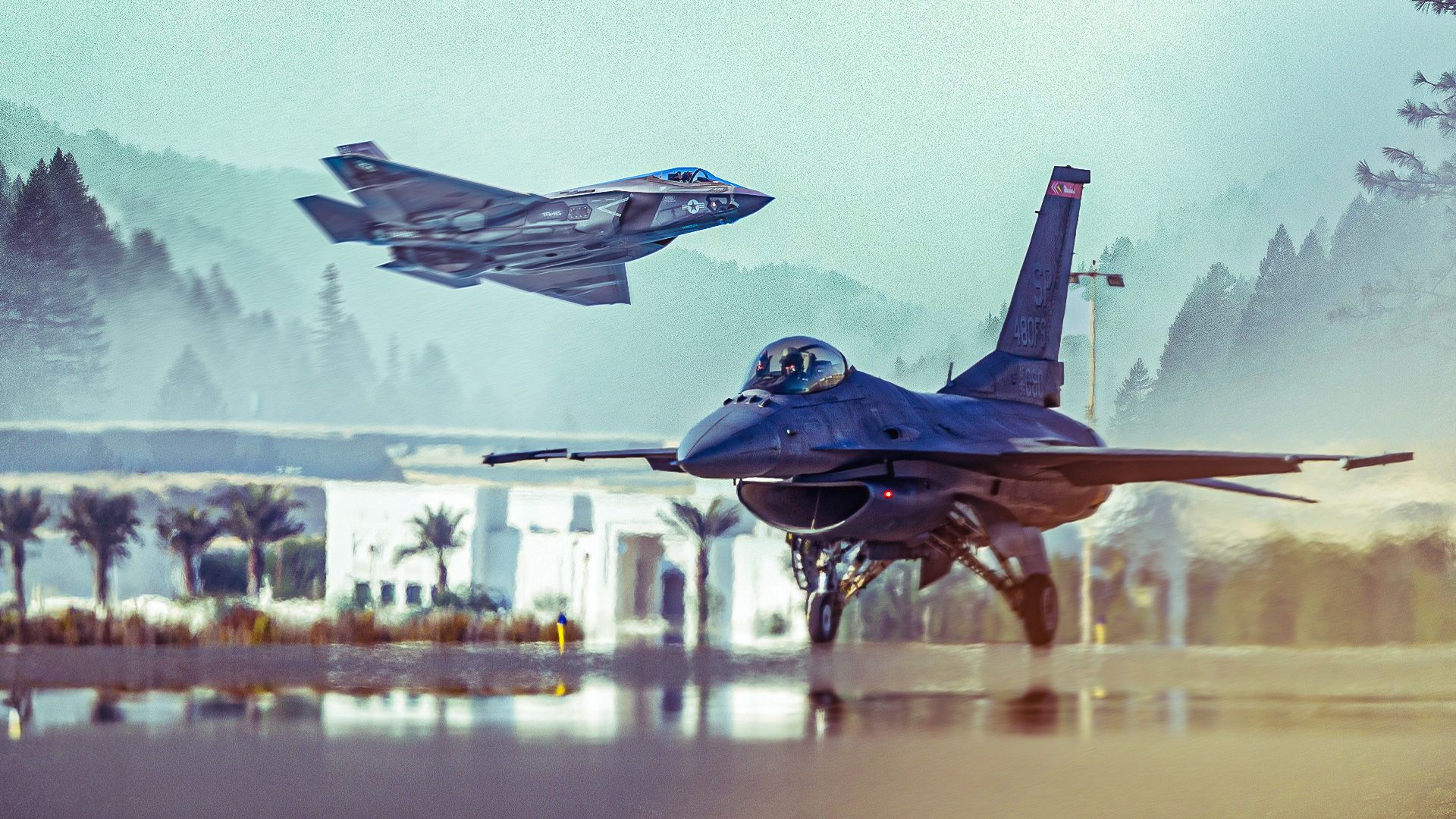The transition from the F-16 Fighting Falcon to the F-35 Lightning II is reshaping air combat capabilities within the US Air Force and allied nations. As squadrons phase out the F-16, the F-35 is becoming the backbone of modern aerial warfare, marking a significant shift in military strategy and technology.
European and Pacific allies, including the United Kingdom, Italy, and Australia, are also adopting the F-35, with nations like Poland and Switzerland placing additional orders. This widespread adoption reflects a collective move towards advanced fifth-generation fighter capabilities.
Generational Differences in Design and Strategy
A direct comparison between the F-35 and the F-16 highlights a clear generational shift. The F-35, affectionately nicknamed “Fat Amy,” emphasizes stealth and advanced technology, enabling it to operate in contested airspace. In contrast, the F-16, known as the “Viper,” boasts a higher top speed but lacks the stealth features that are critical in modern combat.
The F-35’s design prioritizes stealth through its shape, radar-absorbent materials, and internal weapons bays. This allows it to engage targets at long ranges using its superior sensors and weapons systems. While the F-16 excels in speed and maneuverability, these attributes are less advantageous in environments where stealth is essential.
Capabilities and Specifications
The F-16C/D serves as a multirole fighter with specifications that include a thrust of 27,000 pounds and a maximum takeoff weight of 37,500 pounds. It can reach speeds of up to 1,500 mph and has a combat range exceeding 2,002 miles. The aircraft is equipped with a variety of armaments, including air-to-air missiles and precision bombs.
Conversely, the F-35A, produced by Lockheed Martin, utilizes a Pratt & Whitney F135-PW-100 turbofan engine that generates 43,000 pounds of thrust. It has a wingspan of 35 feet and a maximum takeoff weight of approximately 70,000 pounds. The F-35 can carry up to 18,000 pounds of munitions and has a combat radius exceeding 1,350 miles.
The F-35’s advantage lies not only in its combat capabilities but also in its ability to function as a networked multirole platform. It aggregates data from various systems, enhancing situational awareness and allowing for coordinated strikes on enemy targets.
The F-35 is designed to be the “first-in” aircraft, excelling in missions that require intelligence gathering and air dominance. While it can operate with a reduced internal weapons load for stealth missions, it can also utilize external pylons for additional munitions when necessary.
The tactical superiority of the F-35 enables it to engage threats before an F-16 would even detect them, a crucial advantage in today’s information-driven battlespace.
Impact on Future Warfare and Global Defense
The introduction of the F-35 shifts the US Air Force’s “high-low” fighter mix, with the F-35 taking on the high end and the F-16 transitioning to more supportive roles. This evolution allows for more efficient use of resources and enhances the survivability of air forces facing advanced surface-to-air missile systems and enemy fighters.
The F-35 program, initiated under the Joint Strike Fighter (JSF) initiative, offers logistical and cost advantages by standardizing maintenance and training across various military branches. This collaboration extends to international allies, facilitating a shared supply chain and procurement processes.
On July 2, 2025, Italian Defense Minister Guido Crosetto announced plans to establish the first F-35 pilot training school outside the United States in Sicily. This initiative underscores Italy’s commitment to contributing to the global F-35 program, which now includes participation from over 20 nations.
The F-35 program’s total cost has raised concerns, as it has become the most expensive military project in history, surpassing costs associated with the Manhattan Project and the development of the Boeing B-29 Superfortress. Despite these challenges, the program continues to evolve, with international partners sharing the financial burden for ongoing development and upgrades.
The presence of the F-35 in allied air forces enhances collective defense, projecting a united front against potential threats from nations such as China and Russia. As the global fleet expands, the F-35 is set to play a pivotal role in shaping the future of air combat, marking a decisive transition in military aviation.







